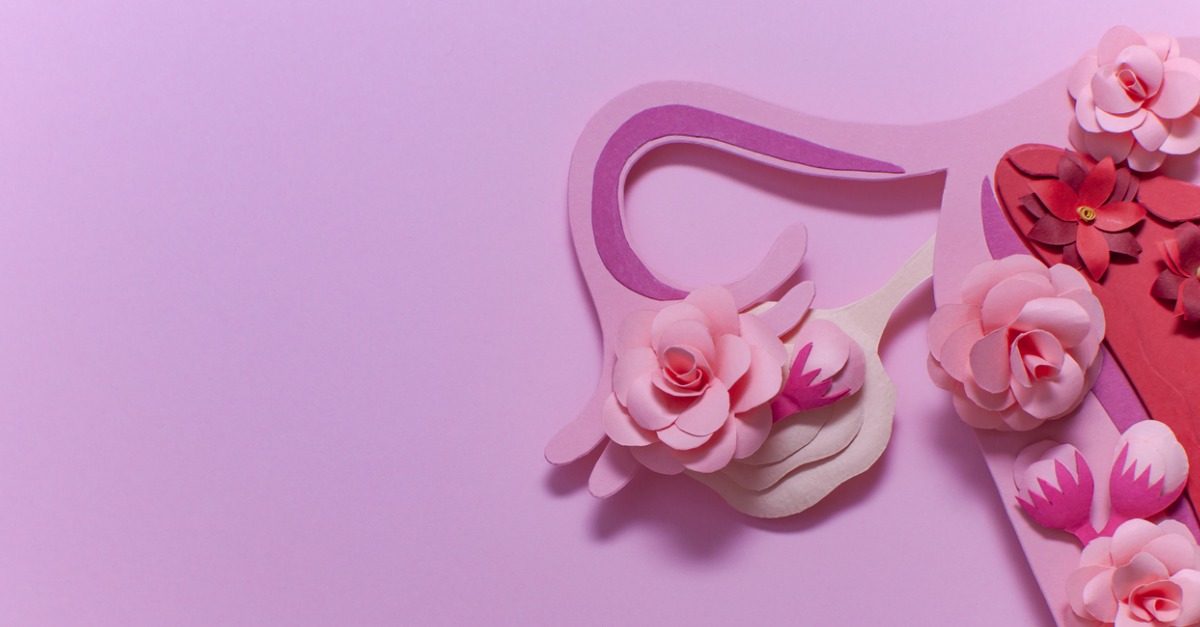Gynecology 101: Things You May Not Know About Your Vagina
If you have one, we certainly hope you know what its purpose is. What it looks like. And when something’s going wrong with it.
But even we can admit that when it comes to vaginas, there may be some mystery involved. Which is why we’re here to help you understand yours better.
1. Really, it’s your vulva.
Though the word “vagina” is often used to refer to a woman’s entire “down there” region, “vulva is actually the correct term for all of the external organs, including the mons pubis (pubic mound), the labia majora and minora, the all-important clitoris, the external openings of the urethra (a.k.a, the hole you pee from) and the vagina,” HuffPost explains. You may personally prefer to use the word “vagina” in reference to what’s really your vulva — we just want to make sure you know exactly what you’re talking about.
2. It’s okay if it looks different.
Labia majora (outer lips) and labia minora (inner lips) can look very different from body to body. Nine different types have been broken down by The Tab, including those with curved outer lips, small closed lips, and asymmetrical inner lips, but it’s certainly possible there are even more variations. Whatever yours looks like, keeping it healthy and feeling good is the main key!
3. It sweats!
Absolutely, groin sweating is normal. Sweat comes from the two types of sweat glands located throughout your body: eccrine and apocrine. Apocrine glands are the ones located around your vulva — connected to the surrounding hair follicles there.
In all mammals, apocrine sweat glands secrete a fluid containing pheromone-like compounds which attract the opposite sex, and in humans, they aren’t active before puberty. Their activity is driven by adrenaline, which means stress, sexual stimulation, anxiety, pain and fright might exacerbate them.
If you’re bothered by excessive sweating (or odor), have a conversation with your gynecologist to explore possible solutions.
4. It doesn’t have a cherry.
Instead, it has a hymen: a thin piece of skin that stretches across part of the opening to the vagina. That is, if you’re born with one (which not everyone is). Rather than “popping” during the first experience of penetrative sex, it may stretch, or even tear a bit. (This may also happen if you’re injured by falling in a particular way on something like the edge of a bathtub, fence, monkey bars, or chair.) But you may be surprised to learn that in many cases, it stays intact.
5. It deepens and changes color when you’re aroused.
Normally, the vagina (and in this case, we really mean vagina, not vulva) is somewhere between 3 to 6 inches long, and 1 to 2.5 inches wide. “After arousal,” Healthline explains, the upper portion of the vagina elongates, pushing the cervix and uterus slightly deeper into your body to make room for penetration.” Because of the rush of blood that happens when you’re turned on, the color of your skin and tissue in that area can also appear darker.
There’s a lot more to know about both your vulva and your vagina, and at Covington Women’s Health Specialists we want to help answer your questions, sort fact from fiction, and keep it all healthy. Book an appointment online or call 770-385-8954 to address and solve any and all of your vagina mysteries.








